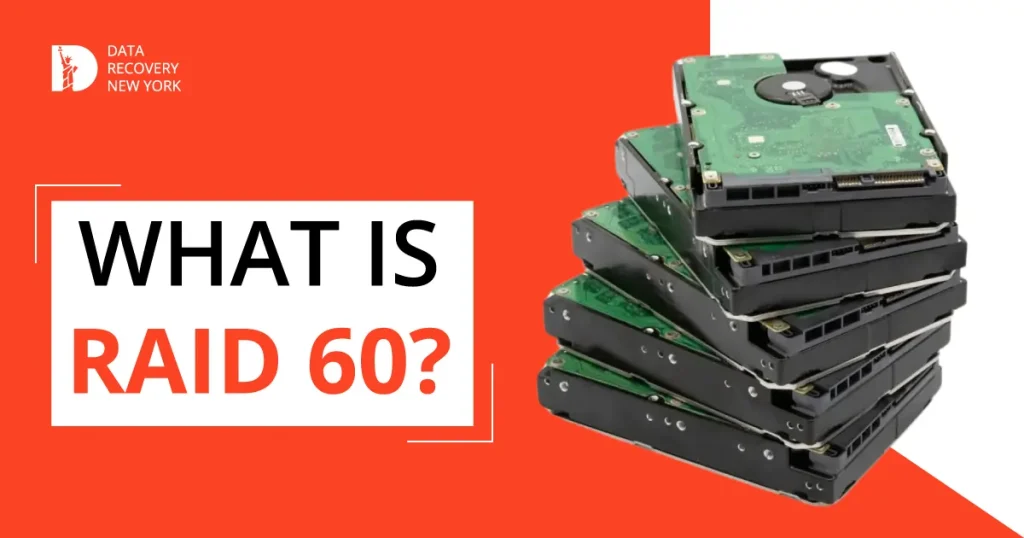RAID 60 merges RAID 6’s fault tolerance with RAID 0’s performance, providing an innovative solution for data safety and speed. This blog explores RAID level 60, covering its advantages, how it works, and why it might be ideal for your data storage needs. Ideal for IT professionals and tech enthusiasts, learning about RAID 60 could transform how you handle data management.
Understanding RAID 60
RAID 60, also known as RAID 6+0 or double parity Redundant Array of Independent Disks, merges the advantages of RAID 6 and RAID 0 in a nested setup. It is designed for high-performance and high-reliability data storage solutions. In this section, we will examine RAID 60’s structure, operation, and advantages and disadvantages.
How RAID 60 Works?
RAID 60 is essentially a combination of two different types of RAID: RAID 6 and RAID 0. RAID 6 strips data across multiple drives with dual parity, allowing data rebuilding if up to two drives fail.
In RAID 0, data is spread across multiple drives for higher performance but lacks fault tolerance.
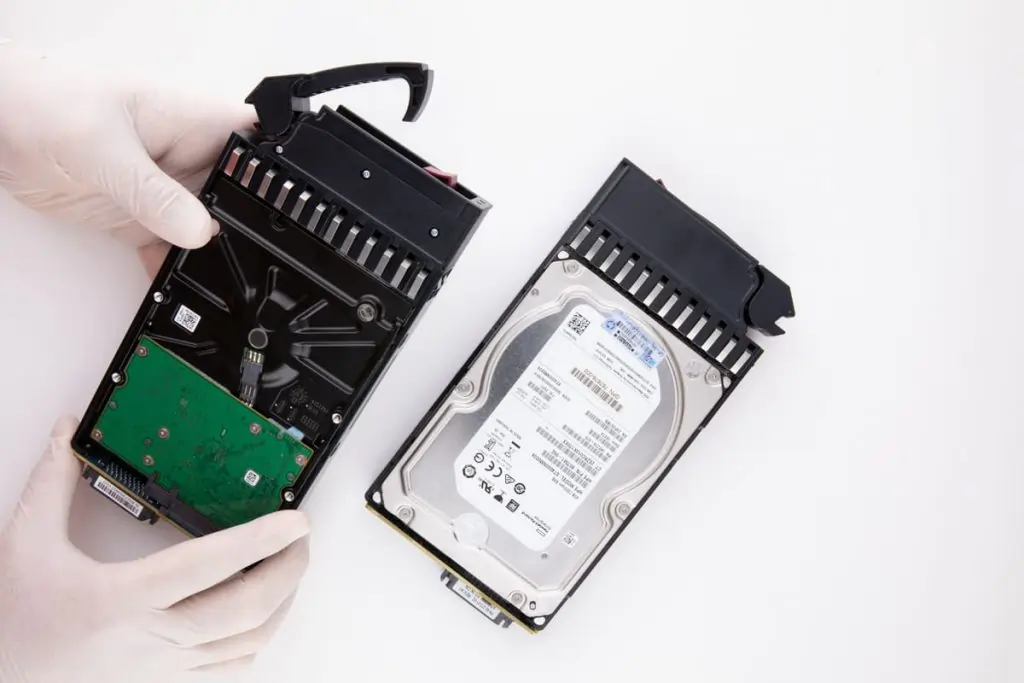
In RAID 60, the storage array is divided into multiple groups of drives. Each group consists of two or more RAID 6 arrays, which are then combined using RAID 0 striping.
This allows for both fault tolerance and improved performance by utilizing the strengths of both RAID 6 and RAID 0. Essentially, if a single drive fails in one of the RAID 6 arrays, data can still be accessed through the other array.
Advantages of RAID 60
Redundancy
RAID level 60 offers a high level of redundancy with its dual parity protection. This ensures that even if a drive fails, data remains accessible, and the array functions without data loss.
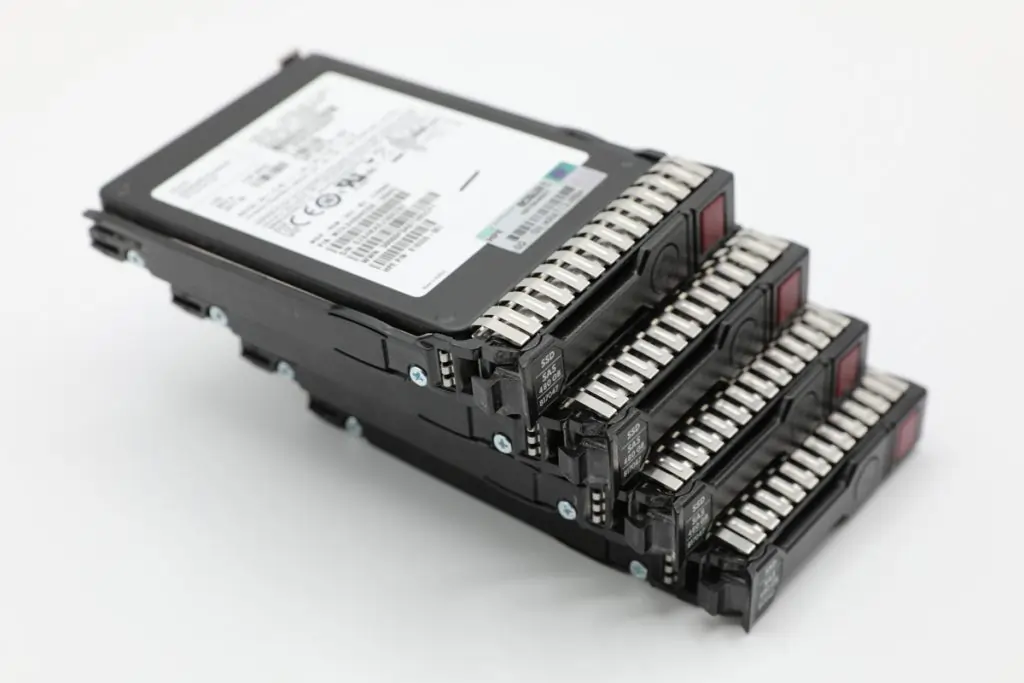
Scalability
RAID 6+0 allows for easy scalability by adding additional drives or arrays to the existing configuration. This makes it a flexible solution that can adapt to growing storage needs.
Data Integrity
RAID 60 also offers data integrity through its dual parity protection. This prevents data loss from disk errors or failures.
High Performance
By combining RAID 6 and RAID 0, it offers both fault tolerance and increased performance. The striping across multiple arrays allows for improved read and write speeds, making it ideal for data-intensive applications.
Fault Tolerance
With RAID 60, data is protected against two simultaneous drive failures in the same group, making it a reliable storage solution for critical data.

RAID 60 Disadvantages
Complexity
The nested structure inherent in RAID 6+0 configurations introduces a level of complexity that can make setup and management more challenging when compared to other RAID levels. This complexity requires a deeper understanding and careful handling to effectively utilize its benefits.
Cost
RAID 60 tends to be more costly than other RAID configurations because it requires the use of several arrays and drives, leading to increased hardware expenses.
Performance variability
This method employs striping across multiple arrays, and as a result, performance can fluctuate based on the specific workload and how the data is distributed.
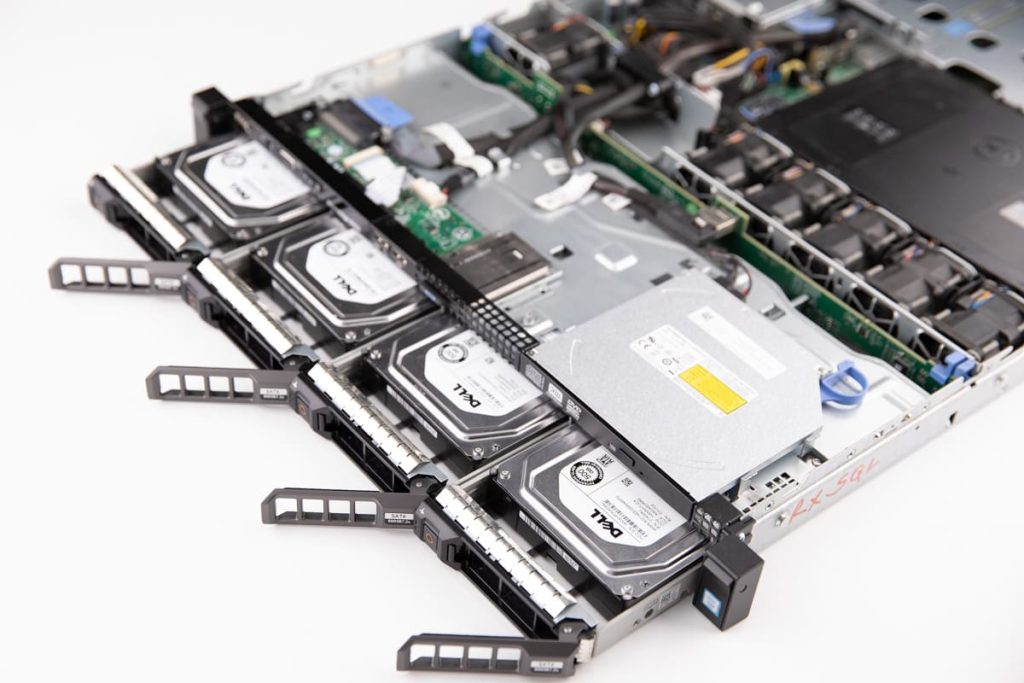
Rebuild times
Due to RAID 60’s intricate nested architecture, reconstructing data following a drive failure can be more time-consuming than in other RAID configurations. This complexity arises from its dual-level redundancy, making the rebuild process more elaborate.
Capacity
The total usable capacity in a RAID 60 array is limited by the smallest drive in the group. If one drive has a lower capacity, it will affect the array’s overall storage capacity.
RAID 60 Array Failures
RAID 60 arrays, while robust and designed for fault tolerance and performance, can still encounter specific failure scenarios. Understanding these potential failures can help in devising more effective data protection and recovery strategies. Here are some of the notable scenarios:
Simultaneous Drive Failures in RAID 6 Arrays
While RAID 6+0 is designed to handle multiple failures, if two or more drives fail in different RAID 6 subsets at the same time, it could compromise the entire RAID 60 setup, leading to potential data loss.
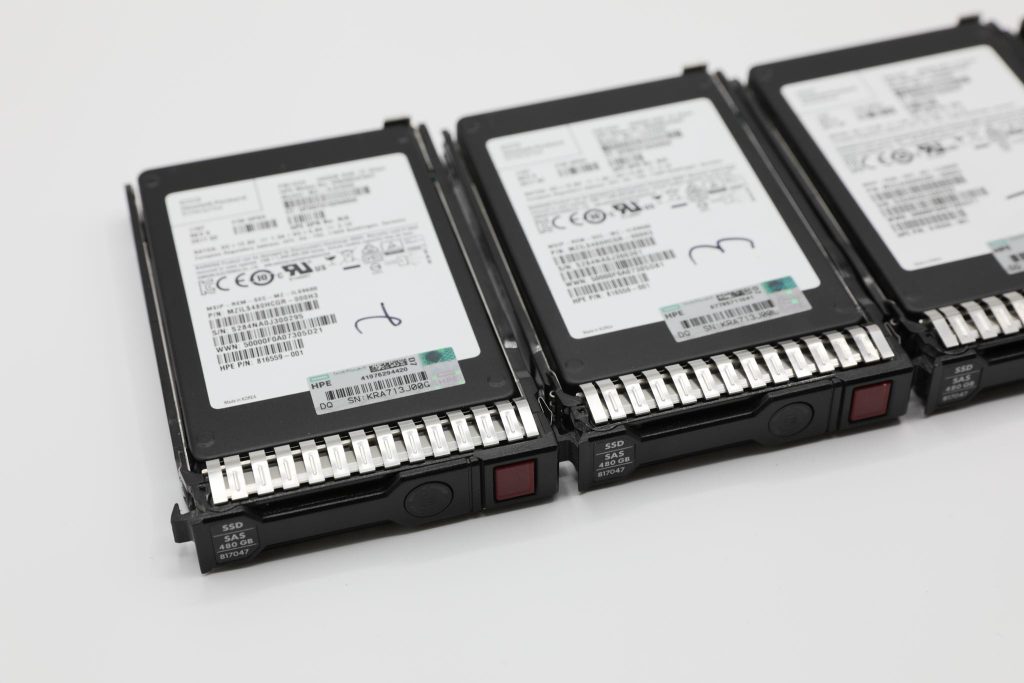
Power Outages and Surges
Sudden power outages or electrical surges can corrupt data or damage hardware, including drives within the RAID 60 array. While UPS systems can mitigate this risk, they are not foolproof.
Drive Failures Beyond Dual Parity
RAID 60 can recover from up to two simultaneous drive failures within each RAID 6 subset. However, if more drives fail before the array can rebuild, this can lead to data loss.
Controller Failures
RAID arrays rely on RAID controllers to manage the array’s operations. A failure in the RAID controller can affect the entire RAID 60 array, leading to downtime and, in worst-case scenarios, data loss if the array cannot be reconstructed with a new controller.
Physical Damage or Environmental Factors
Physical damage to the drives or Redundant Array of Independent disk infrastructure from accidents, natural disasters, or environmental factors like excessive heat or moisture can lead to RAID level 60 failures.
Software or Configuration Errors
Misconfiguration during the setup or subsequent adjustments to the RAID 60 array can lead to vulnerabilities. Software bugs or errors can also result in data corruption or loss.
Understanding these failure scenarios highlights the importance of maintaining regular backups, using RAID monitoring tools, and implementing a solid disaster recovery plan to mitigate the risks associated with RAID 60 arrays.
Recovering Data from RAID 60
Recovering data from a failure in a Redundant Array of Independent Disks 60 system is a complex and time-consuming task that requires a nuanced understanding of the technology and the specific circumstances of the failure. Depending on what initially caused the system to fail, a variety of methods might need to be employed to successfully retrieve lost data.
For example, failure might occur due to logical damage to the array, such as data corruption or misconfiguration of the RAID setup.
In such cases, it might be necessary to rebuild or reconstruct the RAID 60 configuration to its original state to recover the lost data. This process can be intricate and requires a deep understanding of RAID technology.
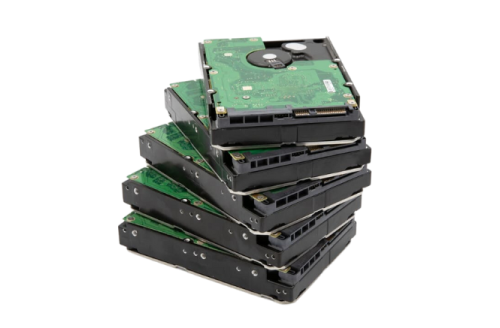
If failure is due to physical damage to drives or hardware, the situation is complicated. Seeking professional data recovery services becomes crucial. These services handle physically damaged hardware and can often recover data thought to be lost.
Due to the complexities and costs of RAID 60 data recovery, organizations need a solid data recovery plan. This should cover regular backups to prevent data loss and a contingency strategy for unexpected events that could affect the RAID 60 array’s integrity.
Advantages of Working with Us
At Data Recovery New York, we understand the importance of data protection and recovery for businesses. That’s why we offer a range of services to help organizations safeguard their data, including RAID 60 array setup, maintenance, and data recovery.
Our team of experts has extensive experience in working with RAID technology and can provide customized solutions to meet your specific needs. With our services, you can ensure the reliability, performance, and scalability of your RAID 60 array, giving you peace of mind and protecting your critical data. Contact us today to learn more about how we can help with your RAID 60 needs.
Frequently Asked Questions
What is RAID 60 used for?
RAID 60 is used for applications that require a high level of data protection and performance. It combines the features of RAID 6 (dual parity) with RAID 0 (striping) to offer fault tolerance and improved speed.
Is RAID 60 fast?
Yes, RAID level 60 is fast due to its striping component, which allows for quicker data access and read/write speeds compared to single-parity RAID levels.
Can RAID 60 scale with growing storage needs?
Yes, RAID 6+0 can be scaled to accommodate growing storage needs. Still, it requires adding drives in multiples that satisfy both RAID 6 and RAID 0 levels, maintaining the balance between performance and fault tolerance.
How many drives are needed for RAID 60?
RAID level 60 needs at least eight drives, combining RAID 6’s minimum of four drives with RAID 0, which needs two drives for each RAID 6 set.
What is the difference between RAID 50 and 60?
The difference lies in the level of fault tolerance. RAID 50 combines RAID 5 (single parity) and RAID 0, offering less fault tolerance compared to RAID 60, which uses RAID 6 (dual parity) for higher data protection.

